Why no permethrin after petal fall?
kjskjs
15 years ago
Related Stories
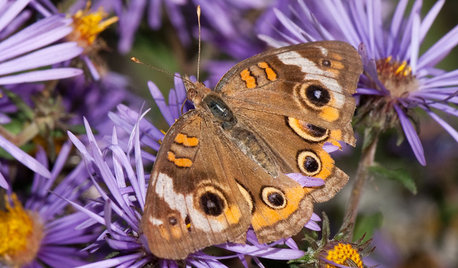
FALL GARDENINGGreat Design Plant: Symphyotrichum Novae-Angliae Ushers in Fall
With bold purple flowers easily accessible to pollinators, New England aster offers loads of interest in the autumn garden
Full Story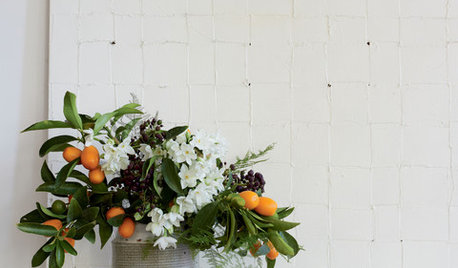
DECORATING GUIDESPut Your Best Fruit Forward in Splendid Fall Arrangements
Luscious, colorful and unbeatably fresh, fruit-centered arrangements bring welcome flavor to fall home decor
Full Story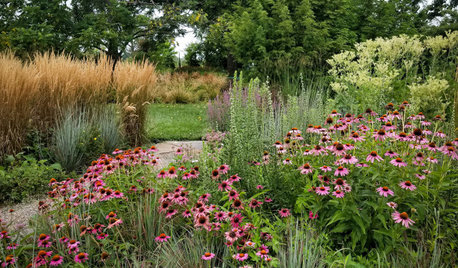
FALL GARDENING20 Favorite Flowers for the Fall Landscape
Vivid blooms and striking shapes make these annuals and perennials a delight in autumn gardens
Full Story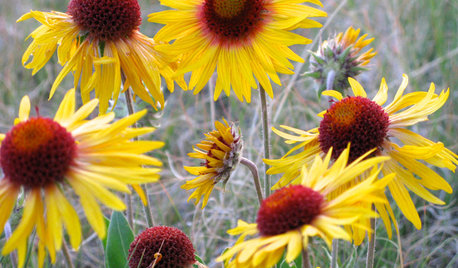
FLOWERS AND PLANTSBlanketflower’s Yellow Blooms Brighten Up Summer and Fall Gardens
Gaillardia aristata welcomes wildlife, shrugs off drought and poor soils, and can help restore grasslands
Full Story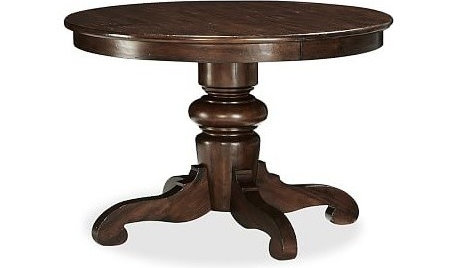
PRODUCT PICKSGuest Picks: Arrange a Romantic Fall Dinner for Two
Make staying home an intimate affair with furnishings and accessories that set the stage for romance
Full Story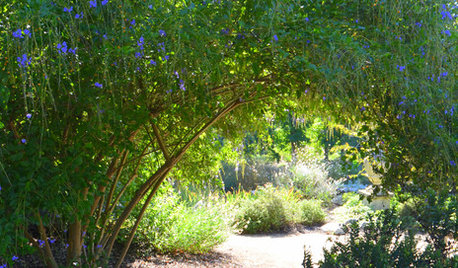
FLOWERS AND PLANTSHeat-Loving Duranta Erecta Blooms From Spring Into Early Fall
Golden dewdrops, a versatile tropical shrub, has delicate purple and white blossoms
Full Story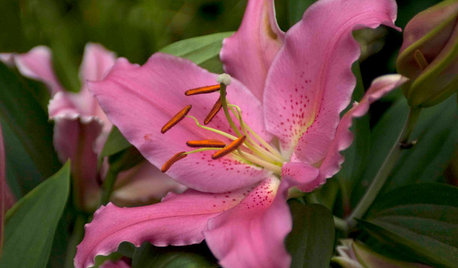
FLOWERSGreat Design Plant: Lilies
Try these delightfully exotic stunners for paintbox colors, deep fragrance and intricately detailed petals
Full Story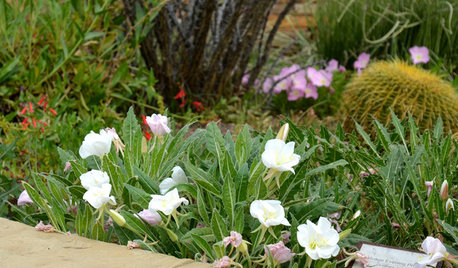
FLOWERS AND PLANTSTufted Evening Primrose Shines at Night
Oenothera caespitosa waits until the sun is ready to set before unfurling its large white petals that draw visitors and evening pollinators
Full Story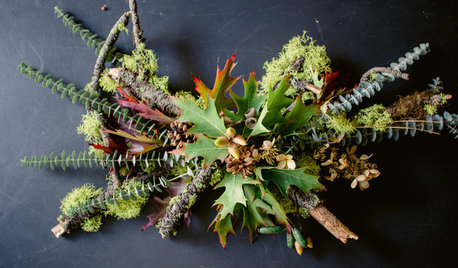
DIY PROJECTSHere’s a Thanksgiving Centerpiece You Can Use Through the New Year
Make a fall centerpiece that can transition to winter with ingredients foraged in nature
Full Story
GARDENING GUIDESPlant Black Cherry Trees for the Birds and Bees
Plant Prunus serotina in the Central and Eastern U.S. for spring flowers, interesting bark and beautiful fall color
Full StoryMore Discussions







olpea
myk1
Related Professionals
Comstock Park Landscape Architects & Landscape Designers · Stoughton Landscape Contractors · Tempe Landscape Contractors · Westwood Landscape Contractors · Brookside Landscape Contractors · Eagle Landscape Contractors · Elkridge Landscape Contractors · Eureka Landscape Contractors · Hurricane Landscape Contractors · Kahului Landscape Contractors · Lantana Landscape Contractors · Ramsey Landscape Contractors · Ronkonkoma Landscape Contractors · Yukon Landscape Contractors · Hueytown Landscape Contractorsscaper_austin
hoseman
myk1
olpea
olpea
scaper_austin
jellyman
myk1